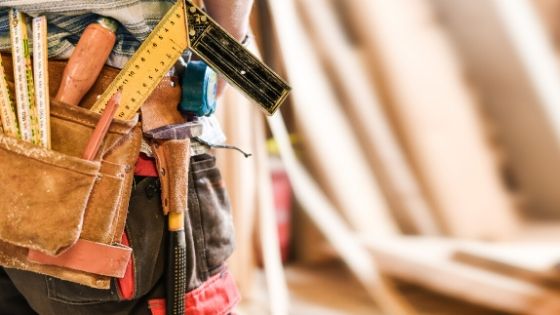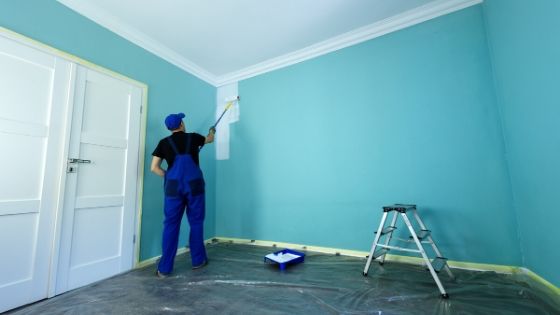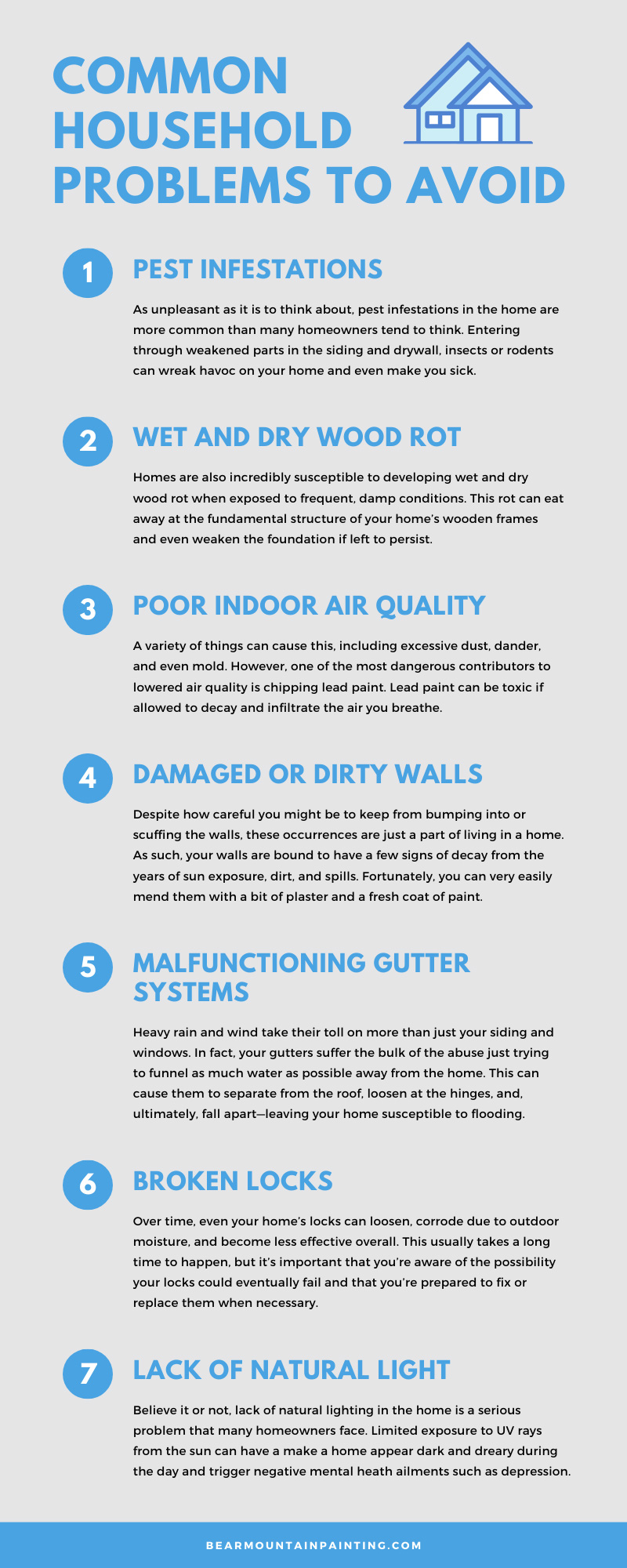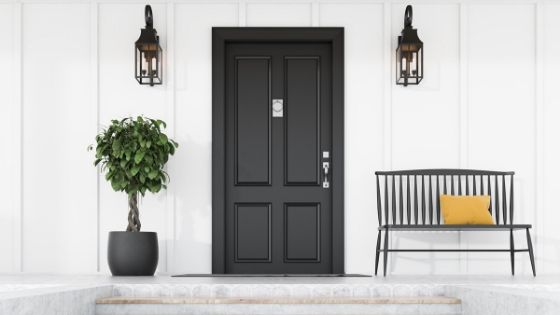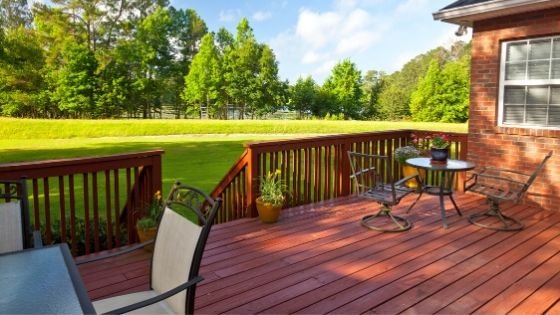Whether you live in an older or newly built home, there’s always a possibility that you’ll have to manage a few repair projects. No matter how new a home is, it can still have its fair share of problems that you must fix in order to maintain your quality of life. Some of these tasks might be small and others a bit more costly, but completing all of them is crucial to preserving the home you’ve worked so hard for. To keep your home in the best possible condition going forward, make sure you’re watching for these common household problems to avoid and taking the steps to correct them.
Pest Infestations
As unpleasant as it is to think about, pest infestations in the home are more common than many homeowners tend to think. Entering through weakened parts in the siding and drywall, insects or rodents can wreak havoc on your home and even make you sick. As such, it’s crucial that you take action as soon as possible to fix the problem (if it already exists) or to keep one from developing. This process often involves calling an exterminator to inspect the property for potential signs of infestation and then taking steps to get rid of any unwelcome visitors. Once you’ve taken care of the initial problem, you can then turn your attention to preventing any future infiltrations by fixing the damage and installing newer, stronger siding. This way, you lessen the chances that a small pest or two will turn into many and cause further destruction.
Wet and Dry Wood Rot
Homes are also incredibly susceptible to developing wet and dry wood rot when exposed to frequent, damp conditions. This rot can eat away at the fundamental structure of your home’s wooden frames and even weaken the foundation if left to persist. Over time, this can make a house increasingly vulnerable to other outdoor elements and, ultimately, lead to its overall collapse. If you notice rot of any kind forming along your wooden frames, it’s essential that you jump on the chance to replace those sections before the rot can spread. When you’re inspecting for rot, make sure to check all areas that you suspect has come into contact with water. This will not only help you find rot, but also narrow down the source of the problem.
Poor Indoor Air Quality
Another common household problem to avoid is the development of poor indoor air quality. A variety of things can cause this, including excessive dust, dander, and even mold. However, one of the most dangerous contributors to lowered air quality is chipping lead paint. Lead paint can be toxic if allowed to decay and infiltrate the air you breathe. This—along with other floating particles—can eventually make you sick and put the overall health of you and your family at risk in the long term. Because of this, it’s crucial that you begin monitoring the air quality in your home and to be on the lookout for contaminants. If you discover them, take the proper steps to get rid of the source. This may be as simple as changing your home’s HVAC filters, or you may require expert services to remove lead or mold.
Damaged or Dirty Walls
Despite how careful you might be to keep from bumping into or scuffing the walls, these occurrences are just a part of living in a home. As such, your walls are bound to have a few signs of decay from the years of sun exposure, dirt, and spills. Fortunately, you can very easily mend them with a bit of plaster and a fresh coat of paint. If you notice any of the standard signs you need an interior paint job, try to complete the project quickly to prevent further damage. Best of all, by using the right paint finish on your walls, you can even protect them from the same problems in the future.
Malfunctioning Gutter Systems
Heavy rain and wind take their toll on more than just your siding and windows. In fact, your gutters suffer the bulk of the abuse just trying to funnel as much water as possible away from the home. This can cause them to separate from the roof, loosen at the hinges, and, ultimately, fall apart—leaving your home susceptible to flooding. Because of this, you should replace your gutters whenever you begin to notice signs that they’re losing their effectiveness. Doing so promptly can save you from costly damage to your yard and to your home’s foundation.
Broken Locks
Over time, even your home’s locks can loosen, corrode due to outdoor moisture, and become less effective overall. This usually takes a long time to happen, but it’s important that you’re aware of the possibility your locks could eventually fail and that you’re prepared to fix or replace them when necessary. Many homeowners choose to switch out their locks—and sometimes even their entire front doors—every few years or so. This ensures not only that your locks are strong, but also that you and your family remain safe for years to come.
Lack of Natural Light
Believe it or not, lack of natural lighting in the home is a serious problem that many homeowners face. Limited exposure to UV rays from the sun can have a make a home appear dark and dreary during the day and trigger negative mental heath ailments such as depression. As this condition worsens, it can even make certain individuals sick from a deficient supply of vitamin D. To let in more light and brighten up your home as well as your mind, consider installing a few more windows. This will allow you to let in as much light as you choose while supplying you with the means to get fresh air in your darkened back rooms.
We at Bear Mountain Custom Painting dedicate ourselves to the entire home repair process, from house painting and gutter replacement to cabinet carpentry in Cumming, GA. This way, we can be there for our clients when they need us the most—no matter what their project entails. If you notice any of these common problems around your home, we can contribute to fixing them and leaving your home looking its best.

